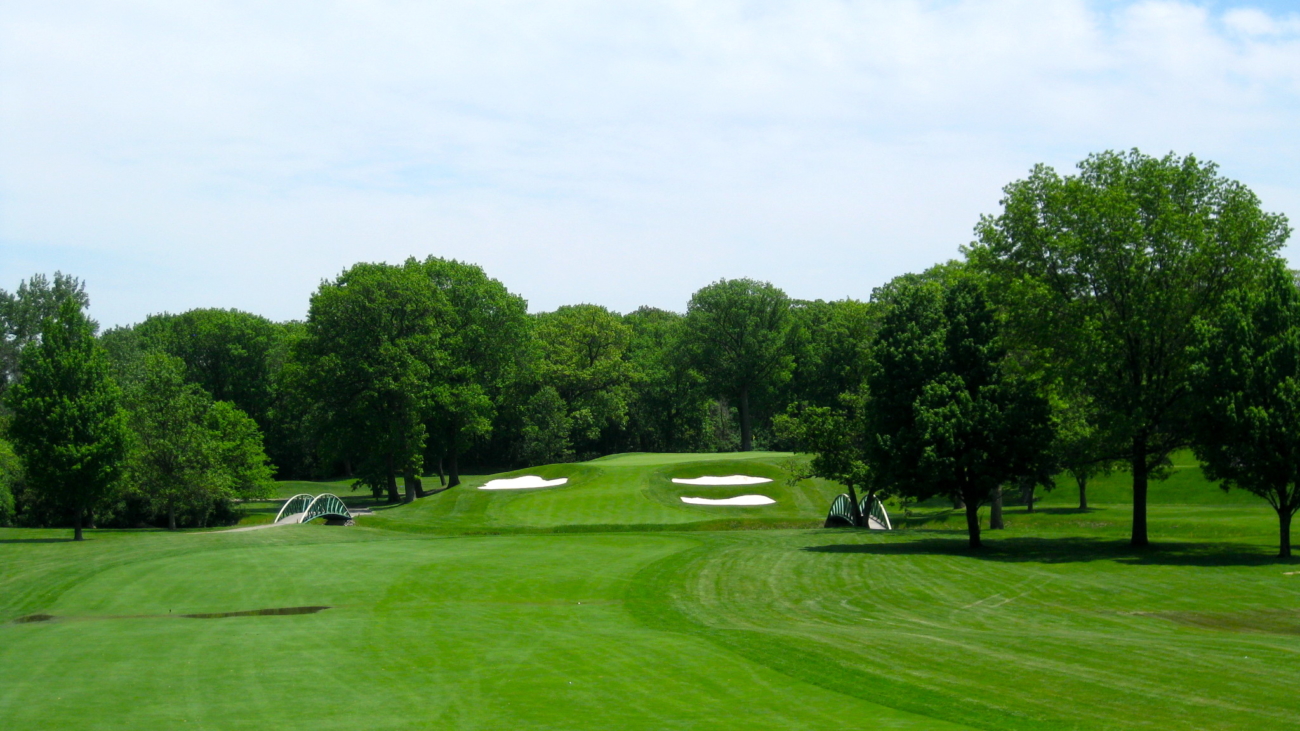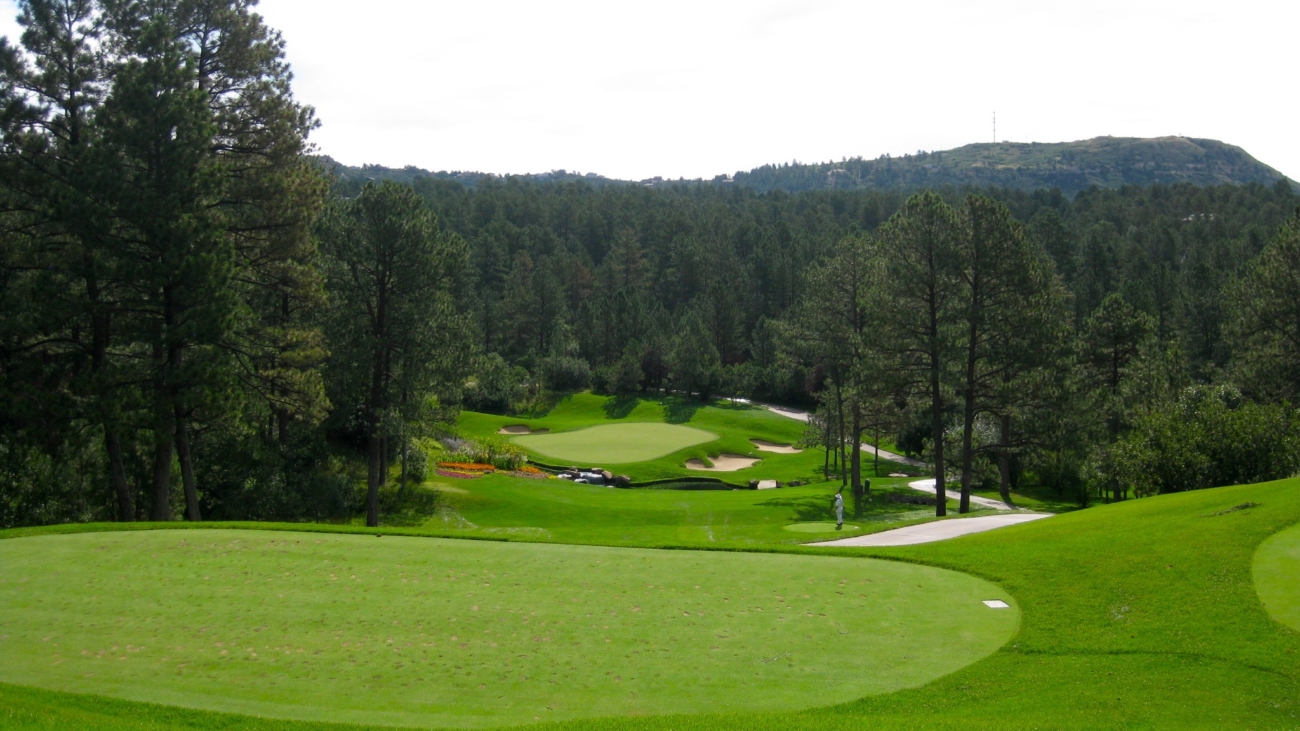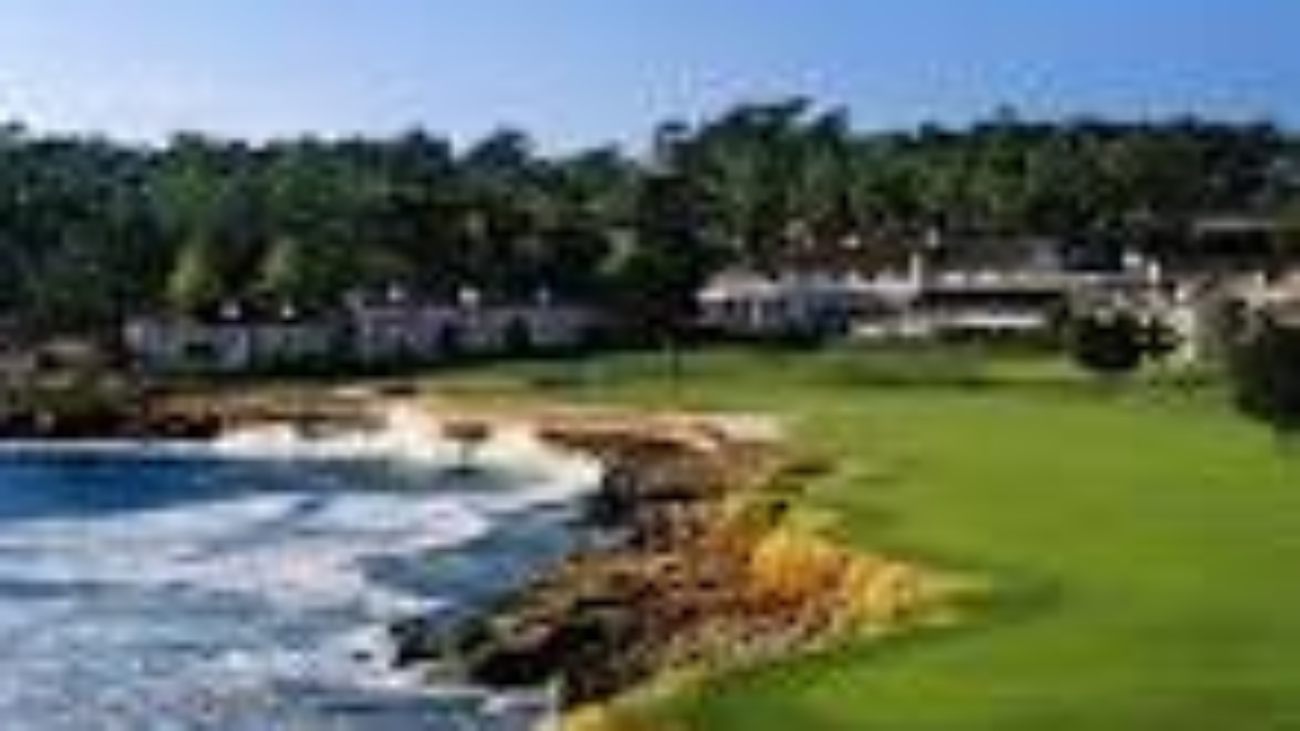As I write this blog article, it’s a Sunday morning and I am tied for the lead in my club championship. No small feat considering my age and lack of practice.
My wife and kids are camping in Montana, and I find myself without much to do this morning before my afternoon tee time. What a perfect time to write a blog post!
As the great Bobby Jones once said, “there is golf and there is tournament golf, and they are not at all similar.” I couldn’t agree more. But I thought it would make sense to take a deeper dive into what that really means.
Looking at the players who are either tied for the lead or very close to it, I am by far the oldest, least in shape, and less practiced golfer in the last few groups. The other guys have a few big advantages, including the following…
- They’re all in better shape. They’re younger, fitter, more flexible and powerful. Admittedly, I’ve let myself go over the last 10 years. A desk job and a passion for ice cream and desserts hasn’t helped. Golf isn’t football or basketball, but it’s still an athletic endeavor, and being in shape helps. Sadly, and through my own fault, I am not.
- Distance. Most of these guys are in their 20s. The ones who aren’t are in their 30s. All of them, without exception, hit it farther than I do. Usually much farther. Distance is a huge advantage is today’s modern golf game.
- Practice. All of these guys play and practice their games a lot more than I do. As best I can figure, I’m the only one in the last couple of groups with kids. Typically I play golf once a week. Most of these guys get out 3-4 times a week. Big difference.
- Tournament reps. This, in my opinion, is the most important difference. As Bobby Jones alluded to in the quote above, there is no replicating a tournament round in practice. You can’t simulate the nerves and the excitement you’ll feel. You can’t replicate the sense of urgency that you feel with each shot. You don’t grind over 3 footers in practice, because there’s no consequence if you miss. In a tournament round, every shot counts, so every shot means something. Most of these guys play anywhere between 15 and 30 rounds of tournament golf each season. I get 4 or 5 tournament rounds.
Ok, so the other guys have some big advantages over me in this event. But if all of this sounds like I’m talking myself out of winning, I’m not. Believe it or not, I consider myself to have a decent shot today. The reasons? Experience (I’ve been playing tournament golf for the better part of 30 years, albeit not very often these days) and lack of expectations. I know I’m not the favorite, and while I expect to play reasonably well, I don’t expect to win. Not these days. And having lower expectations is usually a very good thing in competition.
We’ll see how this afternoon unfolds, but personally I’m grateful to even have a shot to win at my age. Whatever happens, I’ll have fun.






